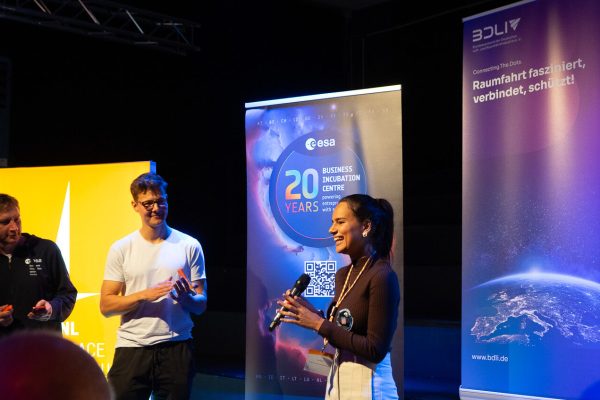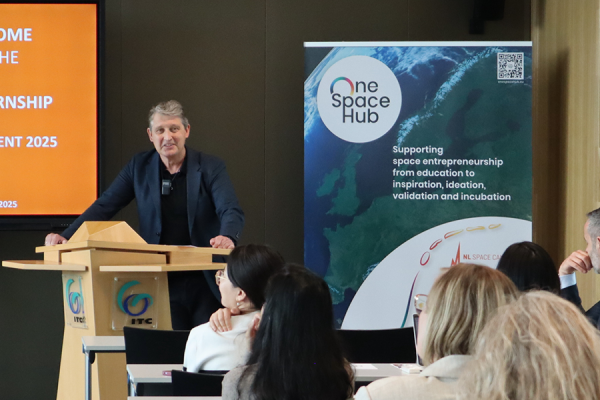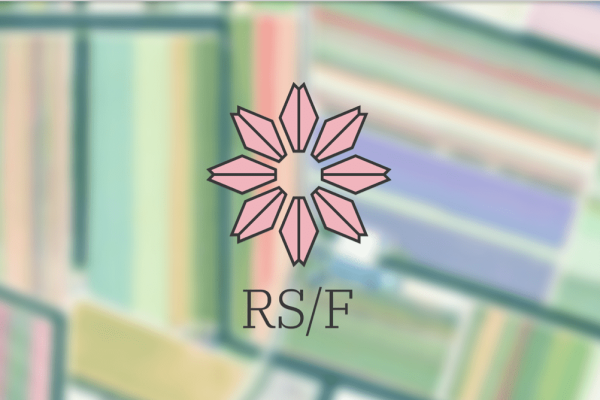AI and drone technology help detect plant disease in tulips, hyacinths, and more
The Remote Sensing for Floriculture (RSvS) project combines AI, drone technology, and satellite data to support early plant disease detection. It focuses on common diseases in ornamental plants, such as botrytis in tulips and hyacinths. The project is a collaboration between Unmanned Valley, Greenport Duin- en Bollenstreek, NL Space Campus, gemeente Katwijk, and provincie Zuid-Holland, among others.
RSvS shows how advanced technologies can support growers with more sustainable and efficient crop protection methods. Instead of relying on visual inspections and preventive spraying, this approach makes it possible to detect signs of disease early and act locally.
How it works
Drones with high-resolution sensors fly over tulip fields and collect real-time data. This is combined with satellite imagery and AI models to analyse the crops. The technology can detect early signs of disease and helps growers act faster, reduce product use, and save costs. The first phase of the project focused on botrytis, but the methods can be adapted to other diseases and plant types in the future.
What has been achieved so far
- Successful detection of plant disease: RSvS proved that drones and AI can detect botrytis in tulips and hyacinths with high precision.
- Improved monitoring with satellite data: Combining satellite imagery with drone data made it possible to monitor crops over time and detect trends early.
- Award-winning approach: RSvS won first place in the Digital Transformation category at the 2024 Computable Awards.
- Strong partnerships: Local growers, such as Source of Flowers, contributed their land and input for testing and improving the models.
- Practical value for growers: The method reduces unnecessary spraying and supports local interventions, helping both crops and biodiversity.

Looking ahead: RSvS2
The second phase of the project, RSvS2, will expand the scope. It aims to:
- Include more ornamental crops, such as gladioli, daffodils, and alliums.
- Improve the AI models by using more types of data, such as weather data.
- Test new tools for automated data collection, such as drone boxes.
These developments are expected to further increase accuracy and efficiency. The goal is to create a scalable model that can be used in other regions and types of crops.
Why this matters
RSvS is an example of how technologies from the space sector can contribute to challenges on the ground. By combining AI, drones, and satellite data, the project shows a new way of working in agriculture—one that is data-driven, sustainable, and locally relevant.
Project partners
- Unmanned Valley – Expertise in drone development and sensor technology.
- NL Space Campus – Applying space technologies to real-world challenges.
- Greenport Duin- en Bollenstreek – Linking the project to the floriculture sector.
- Gemeente Katwijk & Provincie Zuid-Holland – Supporting regional innovation and development.
- HAL24K Agri & local growers – Offering knowledge, data, and land for testing and model improvement.





